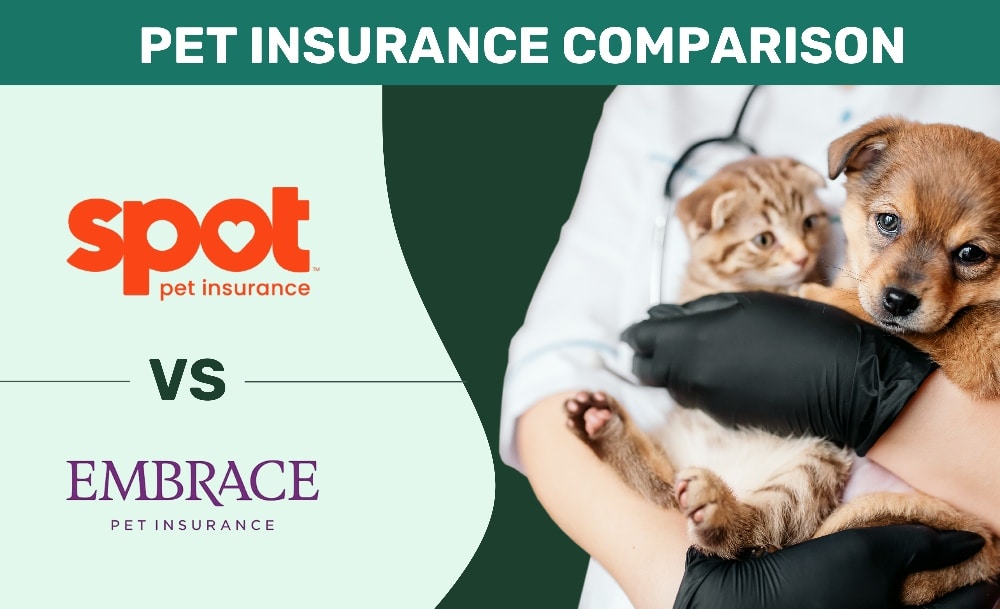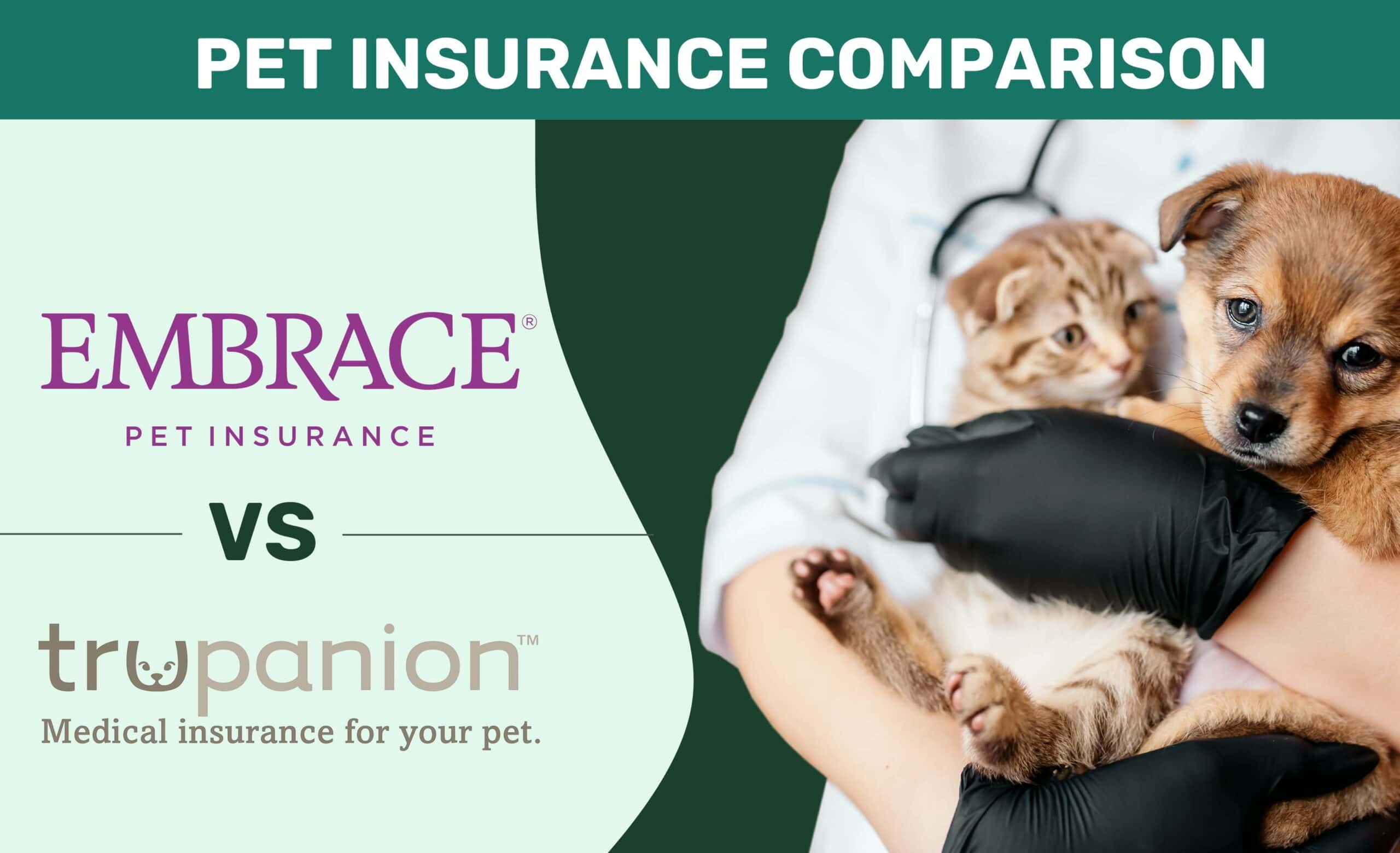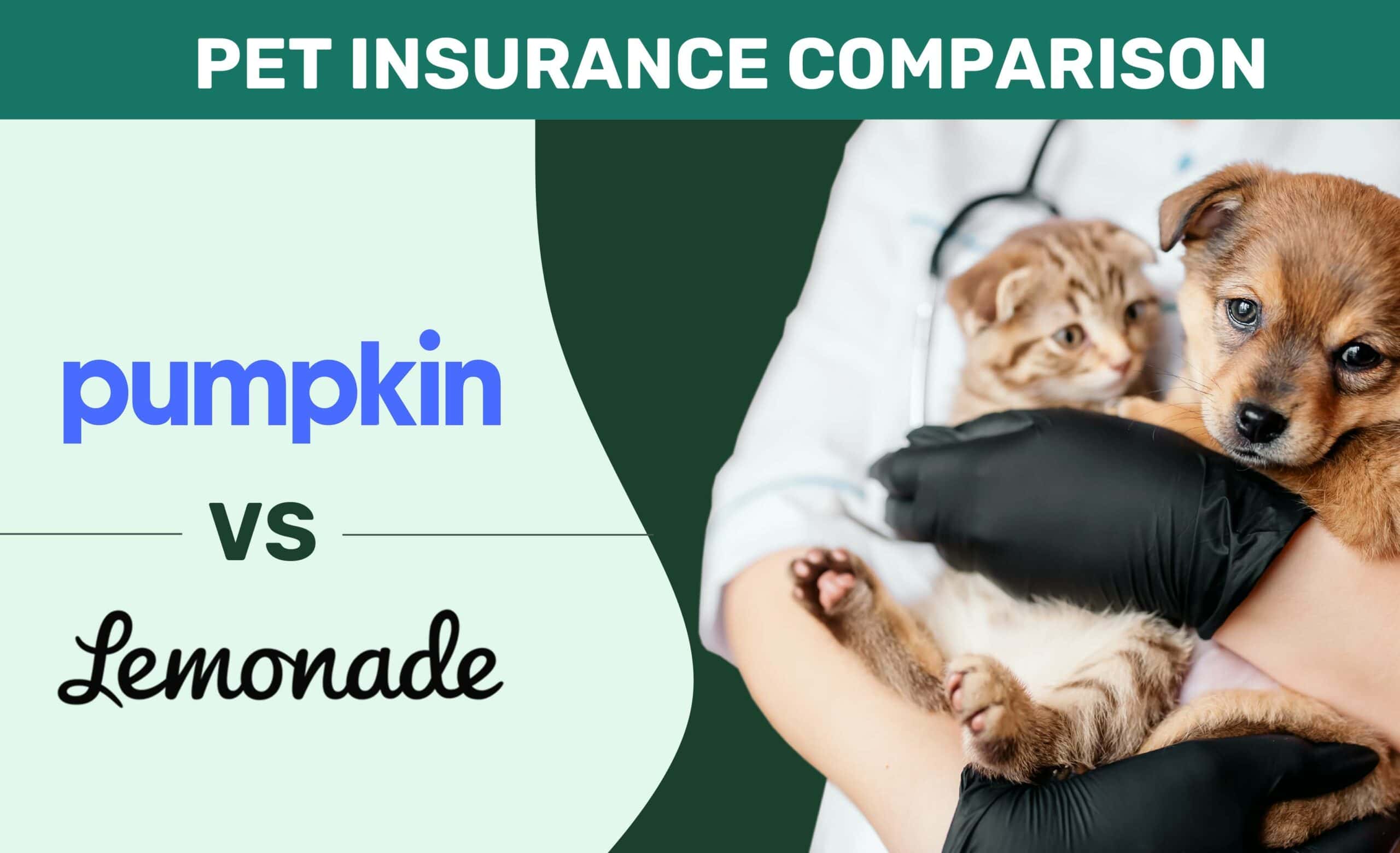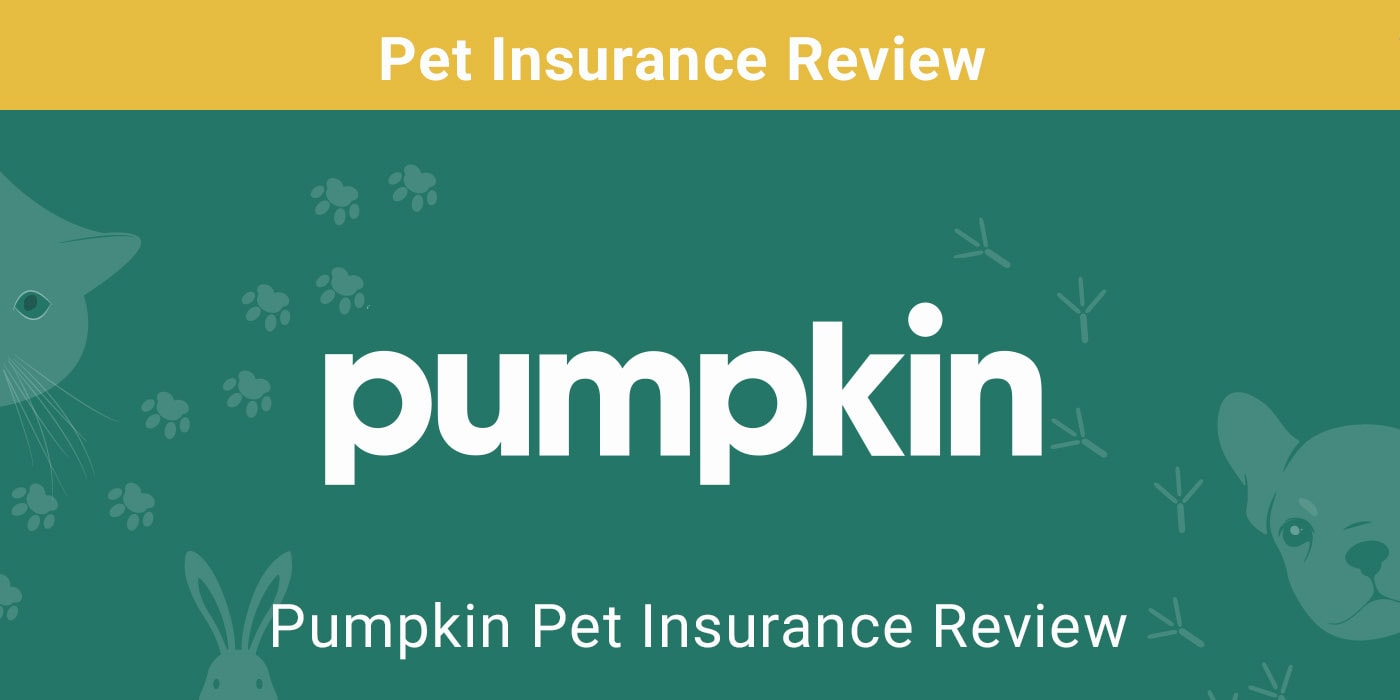
Pet insurance is designed to provide financial support when a pet becomes unexpectedly ill or suffers injuries as a result of an accident. There are many levels of pet insurance, from basic accident-only policies to comprehensive plans that include wellness add-ons and other additional features. Prices are determined by the type and species of pet, level of coverage, and any extras that you incorporate into a policy, as well as the company offering the insurance. Prices for pet insurance in the UK can vary from as little as £5 per month to £100, although the upper end is very unusual.
Read on for more information on pet insurance costs and the factors that determine how much you will have to pay.
The Importance of Pet Insurance
We all want what’s best for our pets, which includes keeping them safe and free from illness. While pet insurance won’t prevent injuries or illness, it does ensure that you have the money to cover the costs that arise from these incidents. Even relatively simple procedures can end up costing hundreds of pounds, and if your dog suffers fractured bones or a serious illness, this can cost thousands rather than hundreds.
Not all conditions are covered by all pet insurance policies, however, so you must check for any exceptions and limitations. Most policies will not include active, current conditions. Some do cover existing conditions, as long as the pet has been symptom-free for a given period.
Some policies even include bilateral exclusions. This means that if your pet has suffered ligament damage in one leg, then the policy will not cover any future incidents of ligament damage in other legs.
Hereditary conditions are another common exclusion. Certain breeds are prone to certain illnesses. For example, French Bulldogs and other brachycephalic dogs are prone to breathing conditions, and you might find that certain insurance policies exclude these conditions.

How Much Does Pet Insurance Cost?
Pet insurance costs really can vary dramatically. Dogs typically cost more to insure than cats and typical policies for standard breeds will usually cost somewhere between £10 and £20 per month, however. These prices increase for purebred dogs and especially for certain breeds. The English Bulldog, for example, is considered the most expensive breed to insure and costs around £25 per month to insure. Other breeds, like the Cane Corso, are not only expensive to insure, but some insurance companies will refuse to insure them.
It is also worth noting that pet insurance typically refers to insurance for cats and dogs. Virtually all pet insurance companies will cover both these types of pets because they are the most common and vets and insurance companies have greater experience with them. Horse insurance usually requires a specialist insurer, while birds and exotics can be difficult to insure—difficult, but not impossible because there are companies that do specialize in these pets.
The age of your pet is another factor that determines the cost of insurance. Older pets are more likely to get ill, so if you take out a new policy when your pet gets old, you can expect premiums to be higher and some insurers will either refuse to quote for dogs and cats aged over seven or ten years old. Others will offer accident-only policies for senior pets. In most cases, as long as you continue to pay your premiums, you can retain a policy for the life of your pet even when they pass these ages.
Additional Costs to Anticipate
Depending on the policy chosen, pet insurance covers accidents and unexpected illnesses. It does not cover routine treatment or preventative treatment. This means that you will still have to pay for dental work, annual vaccinations, deworming, and flea treatments. However, you can choose an insurance company that offers wellness packages or preventive care add-ons.
While some insurance companies include all costs associated with a particular incident or illness, this isn’t true in all cases. Some do not include examination fees, while some do. Similarly, alternative therapies are not covered as standard, so you will need to look for a policy that includes these, or you will have to pay for such treatments separately. Finally, prescription food is another area for consideration. Prescription food can help with certain conditions and illnesses but might not be included as an acceptable cost with some policies.

Pet Insurance Inclusions, Exclusions, Deductibles, and Limits?
There are a lot of terms that you will come across when hunting for pet insurance. Some of the most common, and that can directly influence the cost of pet insurance, are:
- Inclusions – Very basic policies may only cover your pet for a limited number of illnesses. They will list the illnesses that are covered, known as inclusions.
- Exclusions – More comprehensive policies will cover a wider range of illnesses but most still have some ailments they don’t pay out for. These are known as exclusions, and you should check the exclusions to ensure that there is nothing especially common included in the list.
- Deductibles – Like almost all insurance products, pet insurance policies have a deductible value. This is the amount that the policyholder pays before the insurance policy kicks in. Deductible values can range from £0 to £500 and the higher the deductible, the lower your premium will be. If you believe you will be able to afford to pay a higher deductible, it may be worth increasing yours to enjoy access to lower premiums. Alternatively, low or no deductibles mean that your insurance will cover more of the costs, in exchange for higher premiums.
- Limits – Most policies set some limits, and these can include per-incident, annual, or lifetime limits. This is the maximum amount that a policy will cover over that period and higher limits tend to come with higher premiums while lower limits can help reduce premium levels.

How to Reduce Pet Insurance Premiums
Pet insurance can protect against unforeseen illnesses and accidents, but you don’t want expensive or unaffordable premiums. There are some ways to help reduce premium levels:
- Increase Your Deductible Value – The deductible value is the amount that you will have to pay before your insurance comes into effect. The higher the deductible value, the lower your premiums usually are. Companies typically have a set deductible but also allow some level of voluntary deductible on top of that. Don’t set the level too high, however, or you might struggle to meet vet bills in the event of illness.
- Take Advantage of Multi-pet and Other Discounts – If you have more than one pet that you’re looking to insure, you can enjoy multi-pet discounts. These can lead to discounts of 5% or more on the premiums for all pets and some companies offer incrementally higher discounts for more pets. Other discounts are available for those that have multiple insurance products from the same company, so if you take your pet insurance with the same company as your home insurance, you could get money off.
- Pay Annually – Monthly payments do not require the same high initial payment, but they can come at a premium. Look at the cost of paying annually compared to paying monthly and see whether the saving is worth it.
Conclusion
Pet insurance policies are almost as varied as the pets that they cover. They vary from basic accident-only policies to comprehensive insurance products that cover a wide range of illnesses and even include alternative therapies, prescription foods, and preventive care packages. This variation in products means that there is also a huge range of prices, but you should expect to pay between £10 and £50 per month for most pets.
You may also be able to reduce your premium costs by increasing deductibles and reducing your annual or lifetime limits, and also by benefiting from multi-pet and other discounts.
Featured Image Credit: Rawpixel.com, Shutterstock








